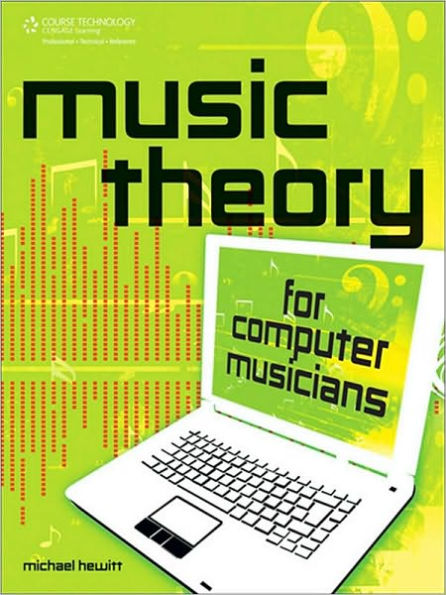Many DJs, gigging musicians, and electronic music producers know how to play their instruments and make music on a computer, but they lack the music theory knowledge needed to take their art to the next level. Put simply, you need to know what you are doing with regard to the music you are writing. Music Theory for Computer Musicians explains these music theory fundamentals in the most simple and accessible way possible. Concepts are taught within the framework of today's recording software and MIDI keyboard environment. This book and the exercises within will help the aspiring music producer/computer musician make great progress in using and understanding the fundamentals of music. The result will be a great improvement in your own music!



